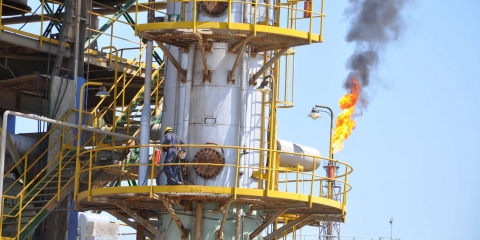Beyond Mosul: Iraq’s displacement and sectarian timebombs
Ameriyat al-Fallujah is home to some 50,000 internally displaced people (IDPs) from across Iraq – traumatised men, women, and children who have escaped IS fighters or the war against them. The focus, both militarily and for the international media, is further north, on the Mosul offensive that could finish off IS in Iraq. But while […]Annie Slemrod writes for IRIN:
Ameriyat al-Fallujah is home to some 50,000 internally displaced people (IDPs) from across Iraq – traumatised men, women, and children who have escaped IS fighters or the war against them.
The focus, both militarily and for the international media, is further north, on the Mosul offensive that could finish off IS in Iraq. But while eventual victory there seems likely, it’s the far more uncertain future of these uprooted people and millions like them that holds the key to a proper and lasting peace.
The majority of Iraq’s estimated 3.2 million displaced actually don’t live in official camps. Here in Anbar, the province with the highest number of IDPs (540,000), only about 20 percent are staying in camps and more than half are with host families. Others reside in schools, unfinished buildings, informal settlements, or rented accommodation. By contrast, only around three percent of Baghdad’s 450,000 IDPs live in camps.





